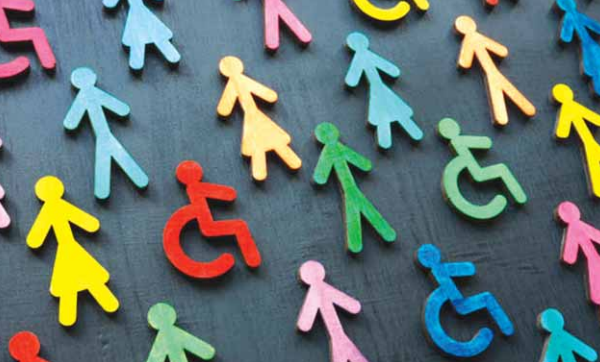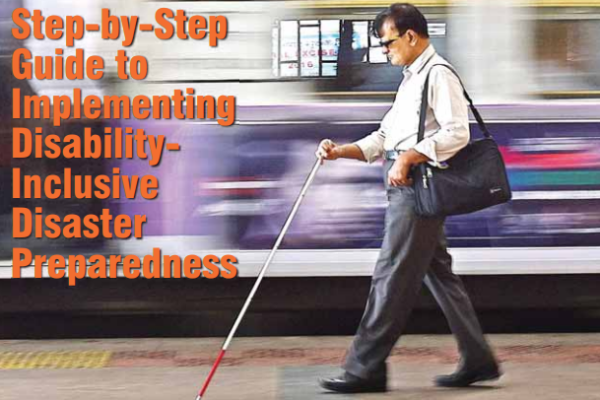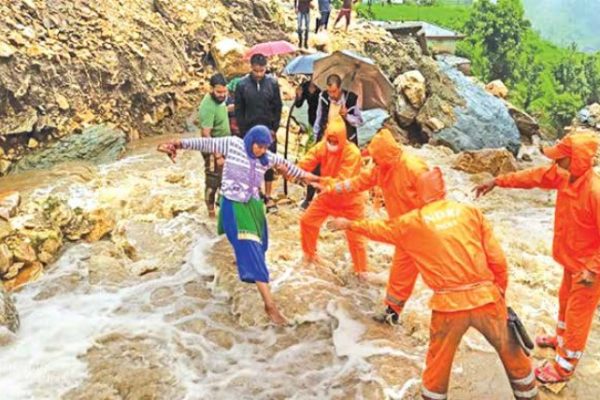
Essential Toolkit: Top Resources for Enhancing Disability Inclusion in Disaster Management
Inclusive disaster management starts with the right knowledge and tools. For policymakers, emergency responders, community leaders, and advocates, understanding the unique needs of persons with disabilities during emergencies is crucial — but knowing where to find reliable resources can be just as important. This article curates a comprehensive toolkit of top resources designed to enhance…





